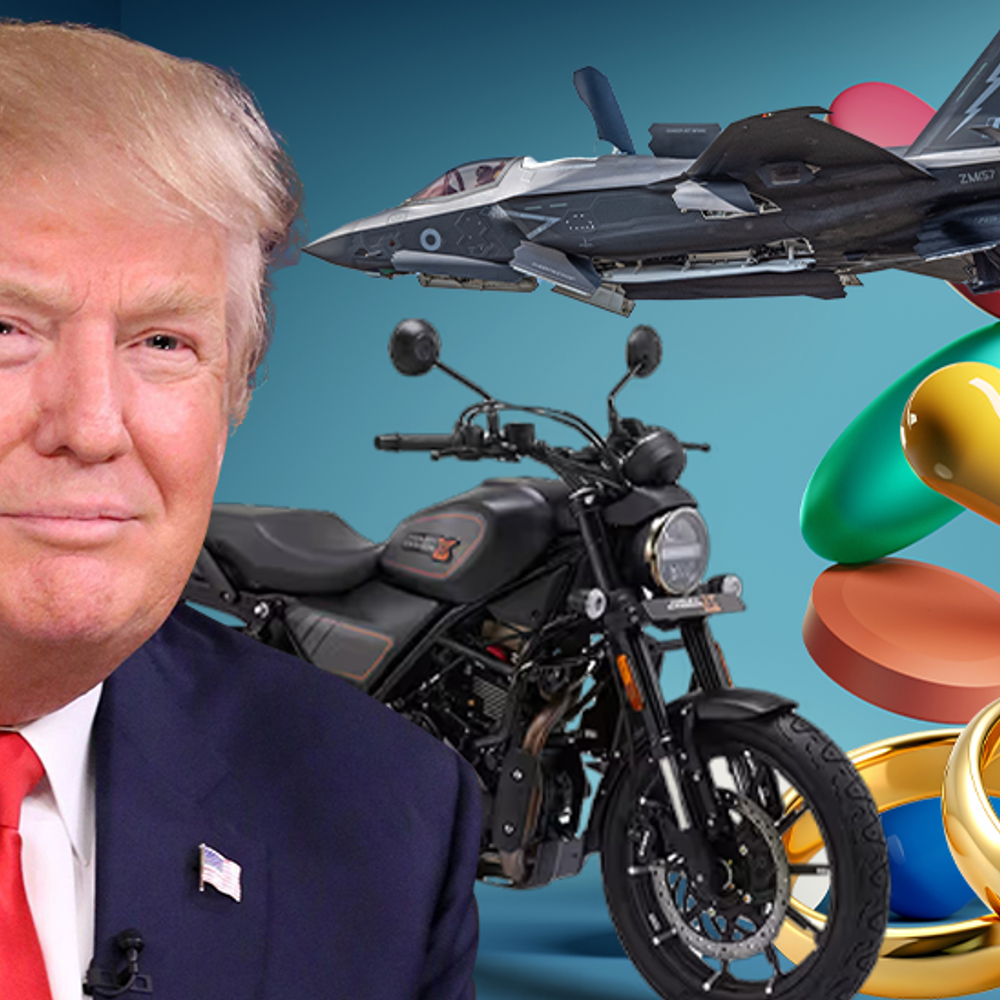US President Donald Trump has announced new ‘reciprocal tariffs’ on all trading partners has sparked widespread concern and uncertainty across the globe. According to the plan, the United State will impose reciprocal tariffs on trading partners to reduce trade imbalances. Trump’s rule is simple, “If you tax our goods, we’ll tax yours the same way”. India, with its high tariffs on US goods, is set to be one of the hardest hit. India, however, isn’t alone—Japan, the EU, and South Korea are also in Trump’s crosshairs. But the move could mean higher costs for businesses, job losses, and expensive goods for consumers. What are reciprocal tariffs?
Reciprocal tariffs mean the US will match the tariffs other countries impose on its goods. Trump aims to fix trade imbalances where the US has lower tariffs compared to its partners. The American President claims that the US has been ‘played’ by countries with higher tariffs, like India, and now want to balance the scales. Why India is a target? India imposes high tariffs on US imports—like almonds, apples, and machinery. On average, India charges 9.5% on American goods, while the US charges only 3% on Indian products. Trump sees this as unfair and wants to level the playing field. Trump has earlier called India ‘Tariff King’ and even levelled the country a ‘hard place to do business’ because of its high tariff rates. Earlier, the US president said, "When Harley sends over there, they have 100% tax. When they (India) send in, they make a tremendous number of motorcycles when they send them in, no tax. I called him. I said it’s unacceptable." Why India’s in the trouble Jobs at stake: India’s textile industry, which directly employs over 45 million people and indirectly 60 million people will be hardest hit as the US tariffs will make their products too expensive. The textile and clothing industry is the third largest employer in the country after agriculture and construction. Medicine will become costly: India supplies 40% of generic drugs—like antibiotics, diabetes medicines, and painkillers—to the US. Higher tariffs will spike medicine costs globally, making life difficult for the poor. Indian sectors at risk The new US tariffs could hurt several Indian industries, including: Food products and vegetables: India’s high tariffs on US agricultural products like pulses and dairy make this sector vulnerable. Retaliation could hurt Indian farmers exporting rice, spices, and shrimp—key income sources for rural communities. The higher retaliatory tariffs may reduce exports to the US. Textiles and clothing: A $40 billion industry making everything from fast-fashion denim to handloom sarees faces higher costs, risking jobs and export revenue as these industries heavily rely on US markets. Textile Industry is a major contributor to the India's GDP. The industry contributes around 14% to GDP and exports worth $40 billion annually. Electrical Machinery and auto industry: Key export sectors may see reduced demand. Pharmaceuticals: India is a major supplier of generic medicines to the US, but tariffs could raise costs. The industry is at risk of losing competitiveness. Tariffs could disrupt supply chains and raise prices for Americans too. Gems and jewellery: India polishes 75% of the world’s diamonds. India exports high-value jewellery, which is likely to become more expensive in the US market. The expensive exports might push buyers to cheaper rivals. India’s trade surplus with the US India’s trade surplus with the US is small compared to other Asian countries. The US buys 17.7% of India’s exports, but India makes up only 2.7% of US imports. Despite this, India’s high tariffs make it a easy target. India’s response
India is considering lowering tariffs on over 30 products. New Delhi is also considering to increase imports of US defence and energy goods. These steps aim to ease trade tensions between the two nations. Short-term vs. long-term effects In the short term, higher tariffs may lead to: Long-term effects Trump claims this will force ‘fairer’ trade, but critics warn it could spark a global tariff war, hurting everyone.Original Article
Trump’s tariff trap:How US tariffs threaten textiles to tablets, diamonds to drugs putting 45 mn Indian jobs, $40 bn textile industry at stake








